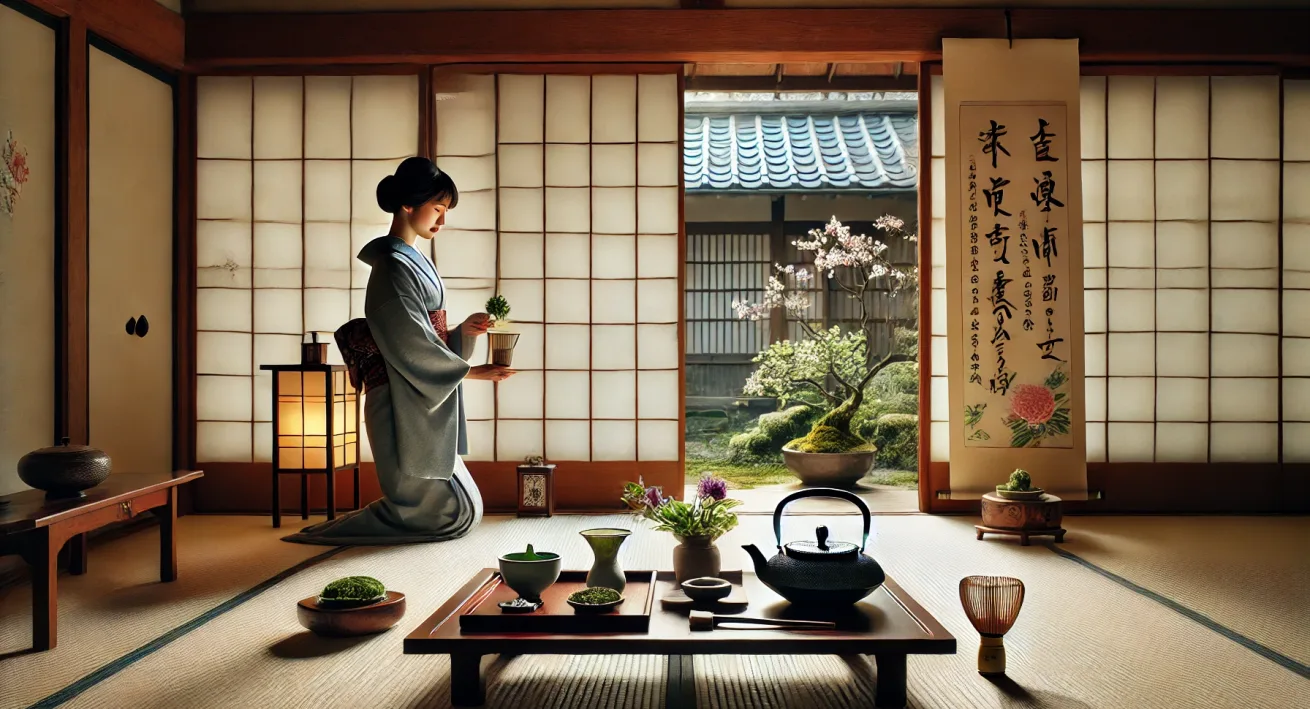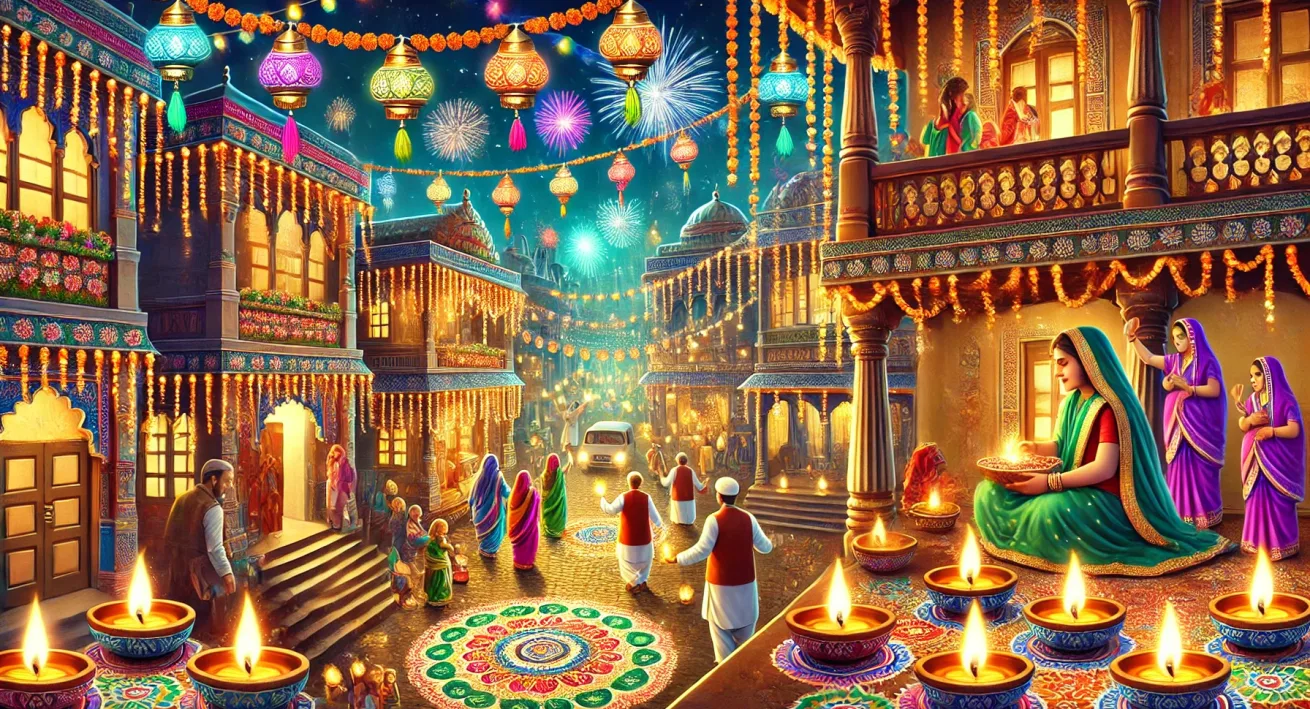Thaipusam is one of the most vibrant and spiritually significant festivals celebrated in Malaysia, drawing millions of devotees and tourists each year. This Hindu festival, marked by fervent devotion, rigorous penance, and spectacular rituals, is a fascinating blend of religious fervor and cultural spectacle. In Malaysia, Thaipusam is celebrated with grand processions and rituals, making it one of the most captivating events in the country’s cultural calendar.





